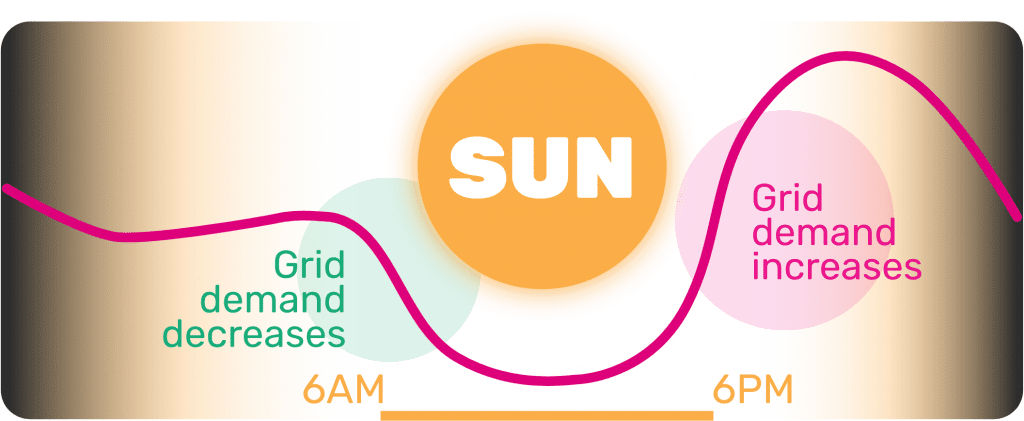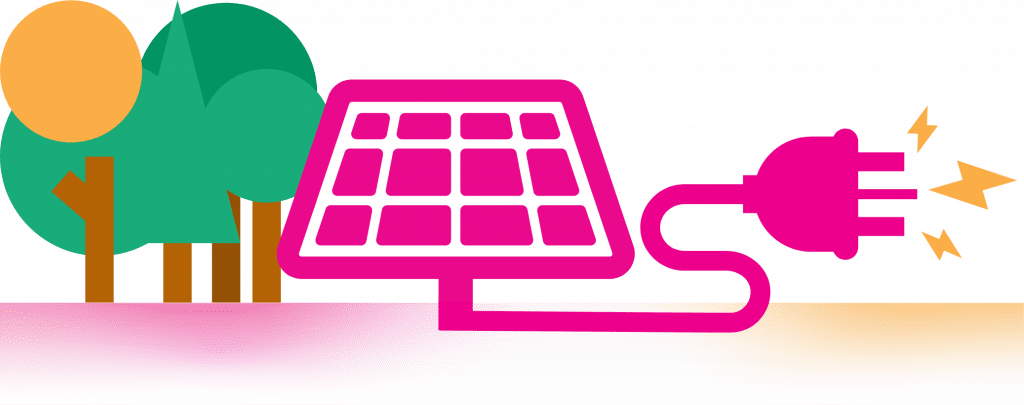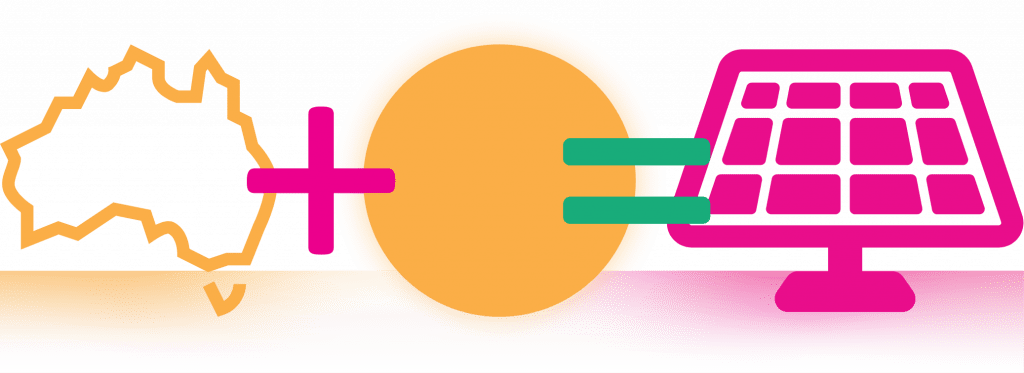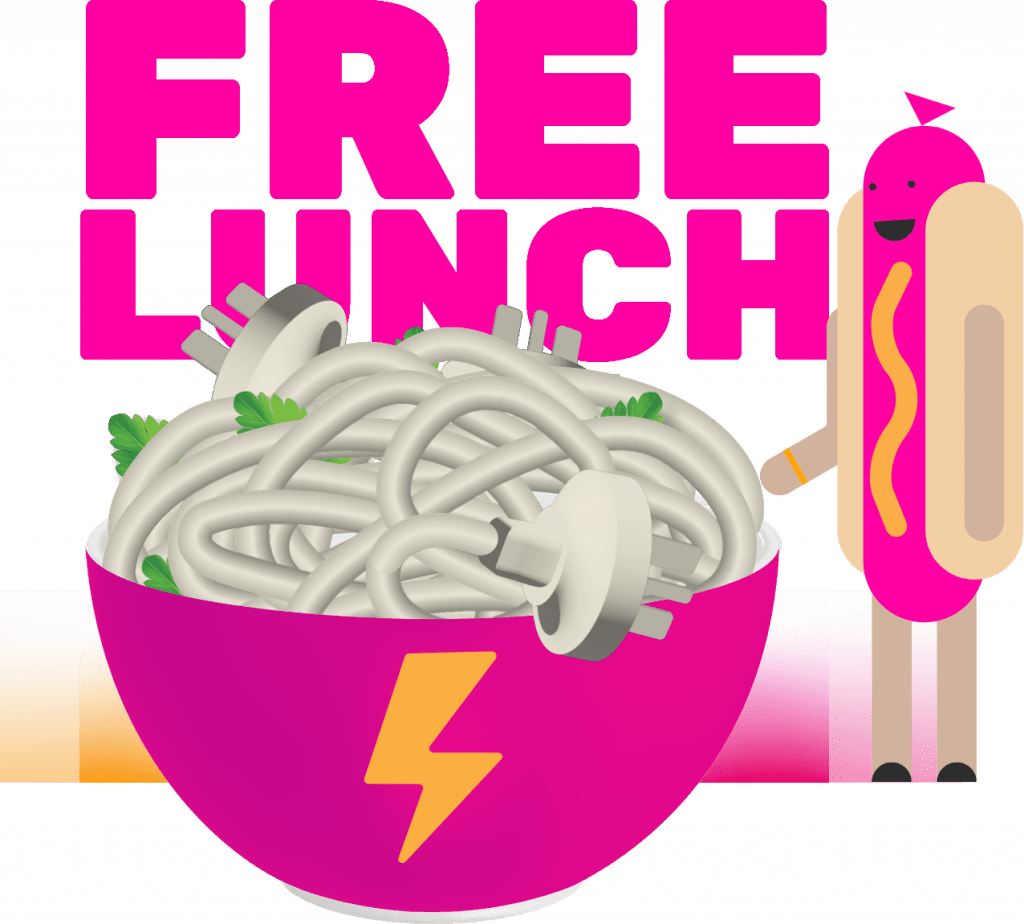Would you like to do something about the energy equation?
Electricity Providers, Solar Power, Sponsored Content, Utilities
Electricity Providers, Solar Power, Sponsored Content, Utilities
This article was contributed by GloBird Energy.
For most energy consumers, the energy equation is pretty simple: using less electricity and gas equals lower electricity and gas bills.
But what if it wasn’t quite that simple? Would you be prepared to make some adjustments to your own ‘equation’ and make a positive contribution to a much larger one?
While this might seem counter intuitive and be hard to get your head around, what if we told you that simply using less energy isn’t the answer?
What if we explained that when you use energy, and therefore what type of energy you’re using, would make a bigger difference to both your bills and the energy generation and supply landscape than merely using less?
Stand by … because we’re about to give it a go!

The way the energy industry works – and that includes the grid which distributes electricity to your house – means that the steadier, more consistent, and more predictable demand for energy is, the cheaper it is.
The underlying costs of generation and supply start going up when demand rises sharply, and particularly when demand spikes from not much at all to quite a lot in a short space of time.
Regulators and industry operators are constantly working to make sure there is enough supply to meet demand, but the nature of electricity is that we can’t ‘stockpile’ it for a rainy day.
When demand for electricity is low, we don’t have the opportunity to ‘make’ a whole lot to have sitting there ready for when demand inevitably rises.
So, everything works better – for both the suppliers and you, the consumer – when things are just chugging along steadily.
In some ways, that’s true of most industries – something that’s really been driven home by the Covid crisis and its impact on supply chains.

Back in the old days, when all the energy came from the same limited sources, things were much more predictable.
It’s going to be cold? Crank up the generators because people will be using their heaters a lot.
Hot and sticky? Crank up the generators to meet the demand of millions of air-conditioning units and fans.
The predictable response to greater demand was to increase generation and supply.
As we’ve added new sources of generation, notably solar, to the mix, not only has demand become somewhat less predictable – because some households are self-supplying – but the amount of energy available to meet demand has become extremely difficult to monitor and almost impossible to predict.
Look at it this way: when there is a lot more solar energy available than anyone could possibly need or use, a lot of it is going to waste, while the legacy generation sources like coal-fired power stations are hardly needed.
The problem is that they are needed at other times, when the solar-generated energy isn’t there, so they have to be operational and ready to meet that demand – not to mention that they need to remain commercially viable in a much more volatile market.
Generating more electricity doesn’t necessarily cost the generators more when they’re up and running, however going from not generating much to generating lots – and doing so repeatedly, sometimes without much forewarning – can add to the costs for everyone involved, you included!
How and when you use energy is having an impact on the demand-supply equation and, therefore, on the viability of businesses, both old and new, that are an integral part of the energy sector.
Then there’s the impact on the environment. It’s all well and good to say you want to end the use of coal and gas as energy resources (which we understand is not everyone’s point of view), but we’re a long way from being able to do without them.
A reasonable goal is to meet existing and future demand with a lesser impact on the environment while, at the same time, reducing costs to the industry which should then be passed on as lower bills for households.
We can start doing that by shifting demand. That will, in turn, dictate supply.
Therefore, it’s not about how much energy you use but rather what kind of energy.

You don’t need to know much about the energy landscape to know that Australia has an abundance of sunshine which has encouraged a world-leading rate of take up of rooftop solar energy.
That means that there’s a lot of solar-generated energy available in the middle of the day just about every day.
We want to encourage people to shift their energy usage patterns such that anything that isn’t time sensitive becomes energy-source and environmentally sensitive.
In other words, don’t start the dishwasher after dinner, when all the energy being distributed through the grid is from non-renewable sources. Instead, start the dishwasher after lunch, when the majority of energy being supplied has been generated by the sun.
Imagine if everyone shifted a quarter of their energy usage from after dark to daytime!

Most things start with one or two people, then spread to more and more. We hope this idea catches on and, before long, everyone is thinking like this.
GloBird Energy would love to see this mindset gain traction, so we’re offering an incentive to encourage a change in behaviour. We’ve called it the Free Lunch.
To encourage more people to use energy when it’s not only cheaper but also more sustainable, we reward eligible Victorian households with two hours of free energy each day.
Between the hours of noon and 2 pm, residential customers with an eligible smart meter are charged an electricity usage rate of $0 for the standard usage circuits.
Our aim is to reduce our reliance on energy later in the day when solar is less prevalent in the overall grid energy mix and overnight when it’s not in the mix at all.
Because that ‘lunchtime’ energy is cheaper for us (and everyone else in the industry) it’s cheaper for you, too.
It doesn’t get much cheaper than free!
This is an article from a SustainabilityTracker.com Member. The views and opinions we express here don’t necessarily reflect our organisation.